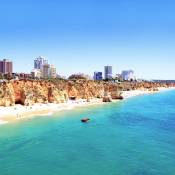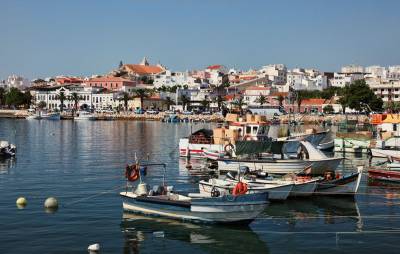The thriving harbour town of Lagos in the western Algarve has been steadily growing in popularity in recent years with visitors drawn to the beautiful and varied beaches along with the largely unspoilt charm of the town itself. It would be fair to say that Lagos does have something for everyone, and more so than any other town in the Algarve.
Beyond the natural wonders that make up the Lagos coastline, the old town is particularly attractive. Most visitors can happily spend half a day or more exploring the narrow cobbled streets and squares replete with historic buildings before wondering down to the old harbour and marina.
But Lagos' attractions go beyond its rich maritime history; this is a lively town with a buzzing nightlife, great restaurants and lots going on. It is also a great for families who will find plenty of things to do in Lagos for all ages.















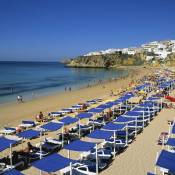 Albufeira
Albufeira
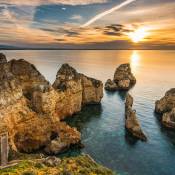

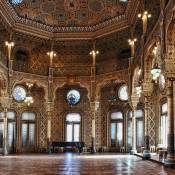


 Cascais
Cascais

